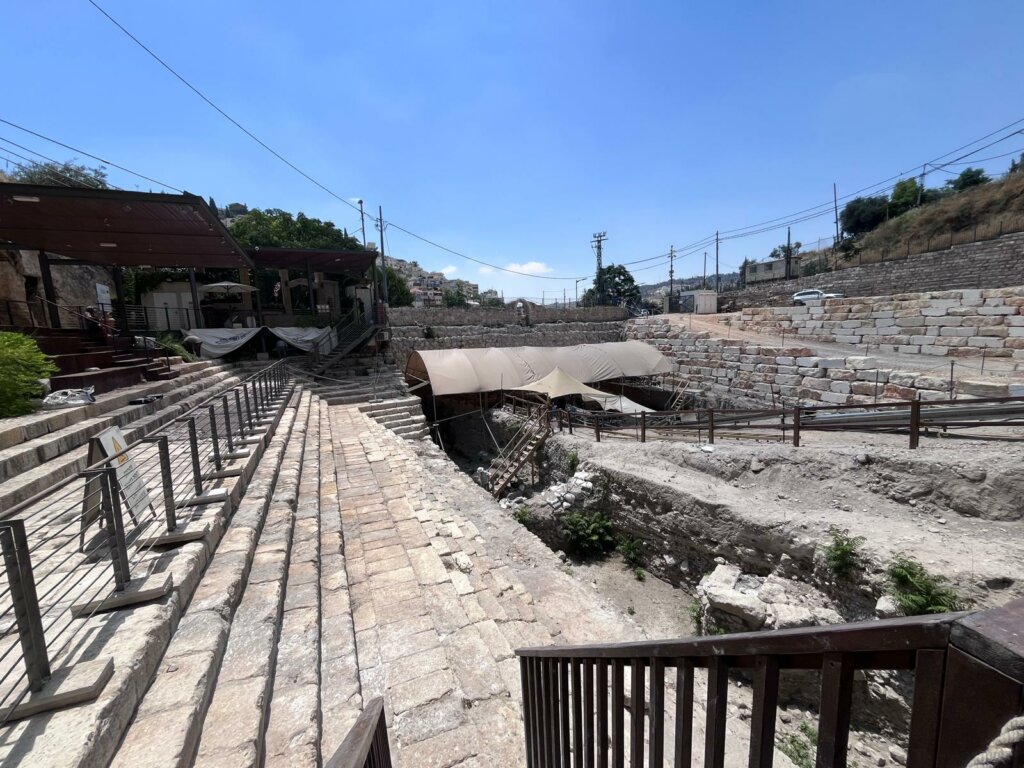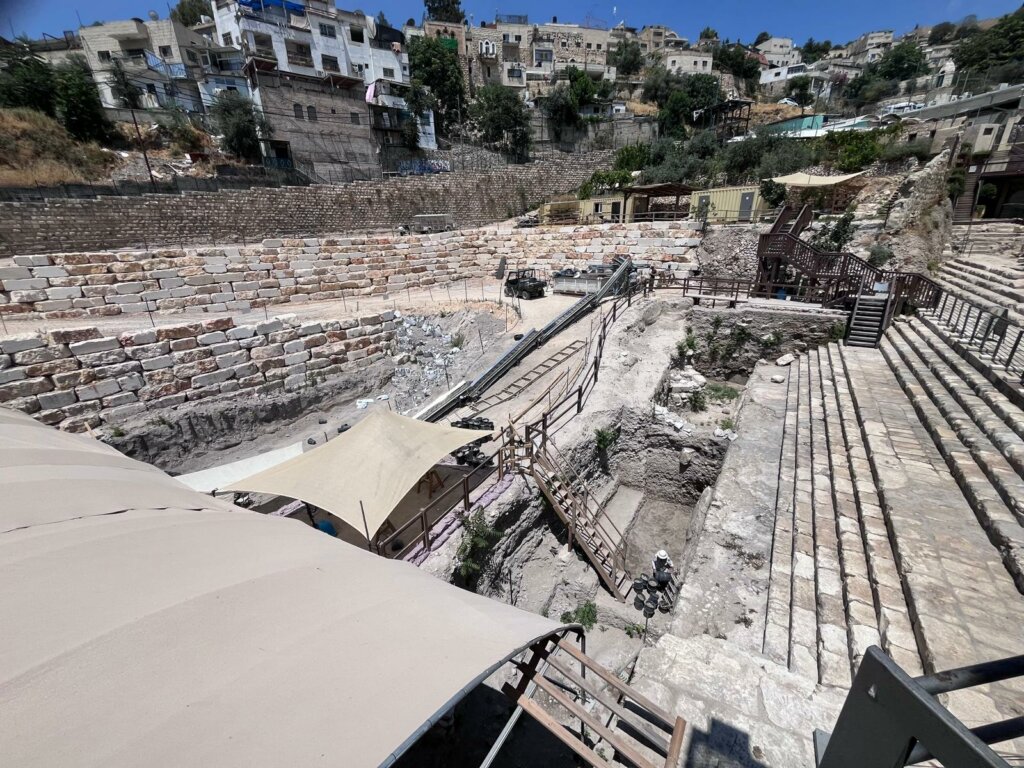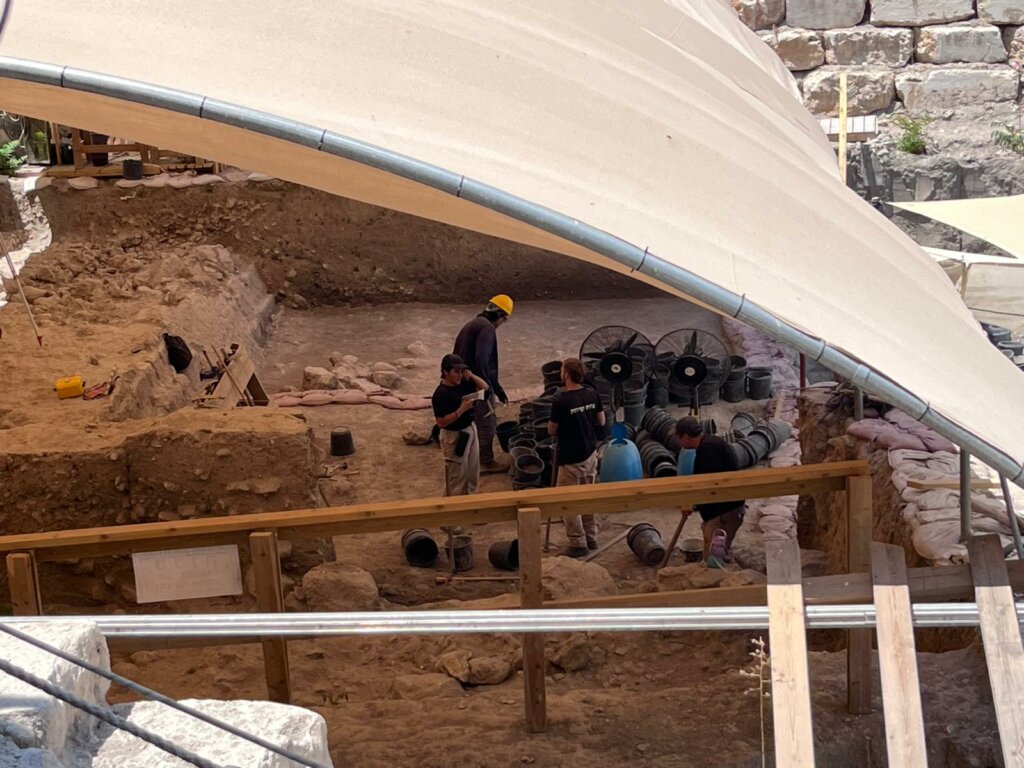We are up to part four of a six-part roundup after my summer disappearance. Today’s focus in Turkey, tomorrow we’ll go to Greece and Italy, and the final post will cover everything that didn’t neatly fit in one of the categories.
What may be the world’s oldest calendar has been discovered on a stone pillar at Göbekli Tepe in Turkey. Carl Rasmussen provides some explanation and photos.
Archaeologists excavated a Roman harbor facility in Parion, Turkey, that may have been used by the military.
Archaeologists found a pot of gold in a 3rd century BC house in Notion, Turkey.
A necropolis has been discovered in front of the Tokalı Church (Buckle Church) in Cappadocia.
“Archaeologists have unearthed an ancient tablet with an early form of writing that preserves a furniture shopping list from around 3,500 years ago.”
Archaeologists discovered a Hittite seal with the inscription, “Whoever breaks this will die.”
“A pair of 1,500-year-old lady’s sandals with a sweet message in Greek was discovered during a dig in Istanbul.”
A temple of Mithras was discovered in southeastern Turkey.
New release: Antioch on the Orontes: History, Society, Ecology, and Visual Culture, by Andrea U. De Giorgi (Cambridge, $190)
John Drummond explains why Paul’s message was such a threat to the silversmiths in Ephesus.
CNN explains why Termessos, not far from Antalya, is well worth the drive up the mountain.
Turkey is so large and important that we have separate photo collections for Western Turkey (including the Seven Churches of Revelation) and Eastern and Central Turkey. If you prefer the verse-by-verse approach, integrating museum and historic photos, check out the Acts or Revelation volumes in the Photo Companion to the Bible.
HT: Agade, Gordon Franz, Arne Halbakken, Ted Weis, Steven Anderson, Gordon Dickson, Mark V. Hoffman


